[ad_1]
It’s really not a mystery. Every page ranks (or doesn’t) for specific reasons.
Most of the time, the reasons behind the lack of rankings are pretty straightforward. They’re easy to understand if you shift your thinking a bit.
Think of it this way: Google is software and your page is the data file. The searcher runs the software by entering a query. The software instantly compares all the files on the public web, yours included, and ranks them.
Not ranking? Don’t feel bad. Most pages don’t rank for anything. One famous study by Ahrefs found that more than 90% of URLs don’t get any traffic from search engines. You are definitely not alone.
There are plenty of things you can do about it, but you first need to understand why your page doesn’t rank and find the specific reasons. If you don’t know the reasons, you won’t know what to do. Or you’ll do something that doesn’t help.
These are the five most common reasons that a URL doesn’t appear high in search results. Each section names a reason you don’t rank, first in plain English and then using fancy SEO jargon.
Note: I’m setting aside technical SEO considerations, which are mostly about code, not content. Yes, you might have an issue with “noindex” meta tags, the robots.txt file, pagespeed and connonicalization …but in my experience, most pages don’t have technical SEO problems.
1. You’re not actually targeting the phrase
Your website lacks a keyphrase-focused URL on the topic.
Step one is to confirm that you have a relevant page. If you don’t have a page that is focused on the topic and the phrase, you’ve found your problem.
Here’s a fundamental way to understand search:
Google doesn’t rank websites. Google ranks web pages.
So you need a URL that is focused on the phrase. There might be some relevant content on your website, but if you don’t have a keyphrase-focused page, you should have no expectations of rankings. You might be thinking something like this:
“I don’t have a page, but…
…part of one of my pages (it’s in a tab or section)”
…the keyphrase is one of my blog categories”
…I mention the phrase on several pages”
…my entire site is about that topic”
None of these answers is sufficient. You have a URL or you don’t. The battle for search is fought page by page. Every keyphrase is a competition. And every page is a potential competitor.
The fix
Confirm you have a search optimized page for every phrase you’re targeting. Confirm each page is detailed and indicates its relevance. We’ll show specifically what that looks like in a minute.
A well-optimized website has many pages targeting many phrases. The sitemap and navigation are structured around SEO, keywords and search-optimized content. Not every page is optimized because not every page is a keyphrase opportunity, but many pages are.
This diagram shows how a sitemap maps to keyword strategy. Notice how keyword targeting doesn’t necessarily impact the navigation and UX. Some pages are “off-nav” and don’t appear in the main menus. In the end, the homepage is just one of many landing pages.
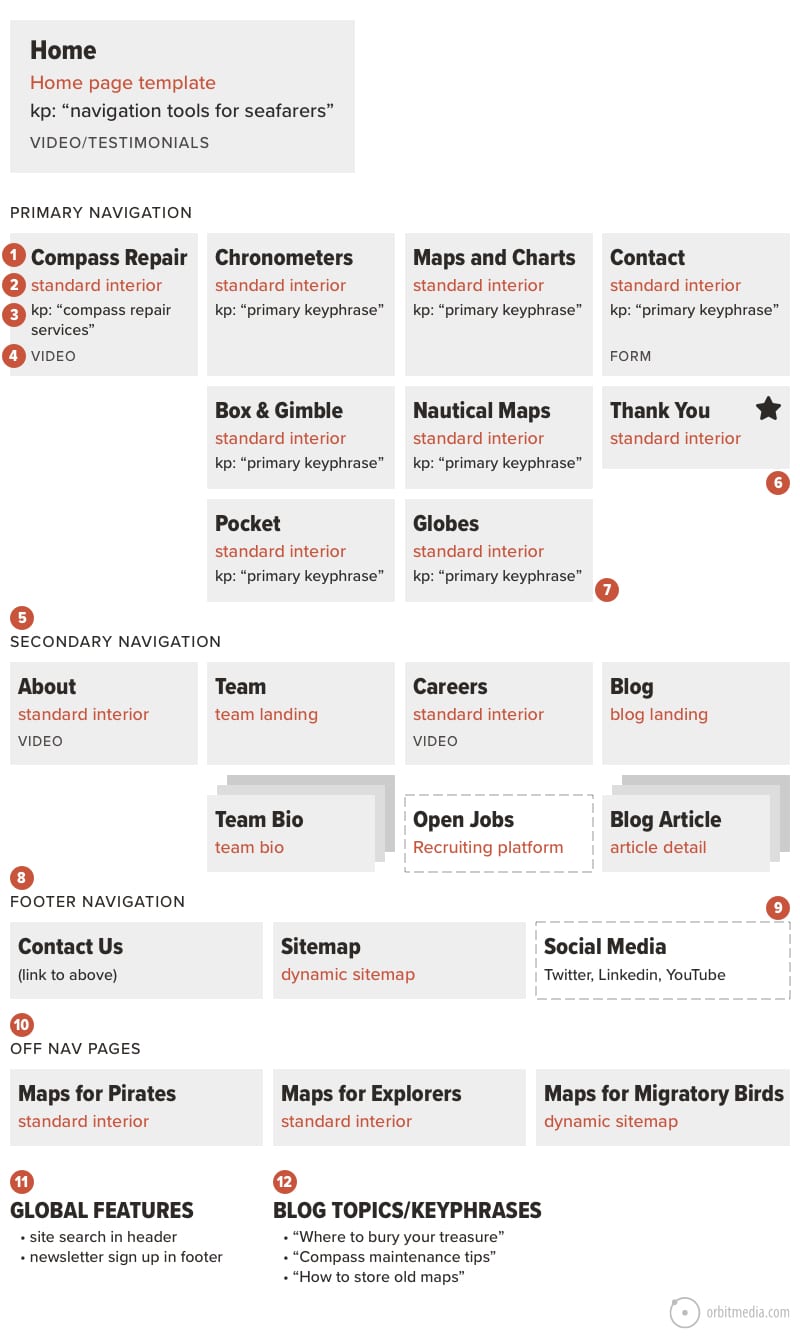
The “kp”s in the diagram are the target keyphrases. To see what the little red numbers refer to, check out our guide on how to make a sitemap.
The next three reasons the page doesn’t rank align with the three big search ranking factors: authority, relevance and user interaction signals.
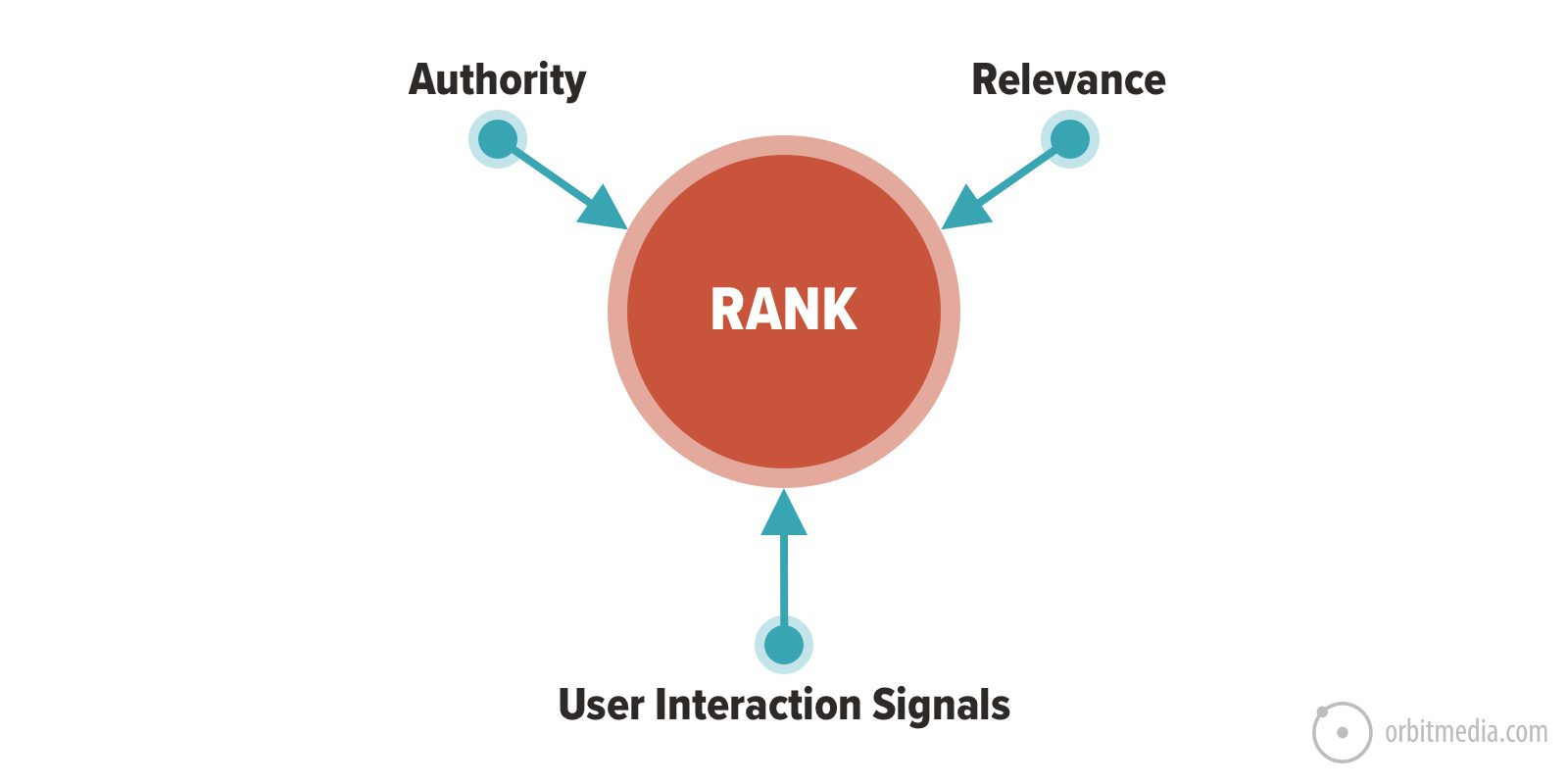
2. The phase is too competitive
Your webpage lacks sufficient authority.
Competition. It’s the next most common reason a page doesn’t rank for a given phrase. The page simply has no chance of ranking, because it is not in the same range of authority as the other pages that rank. In other words, the “keyword difficulty” is too high for you to target.
To check your levels of authority and the keyword difficulty, you’ll need a bit of SEO software, such as Moz, SEMrush or Ahrefs. They estimate authority and difficulty on a 1-100 scale.
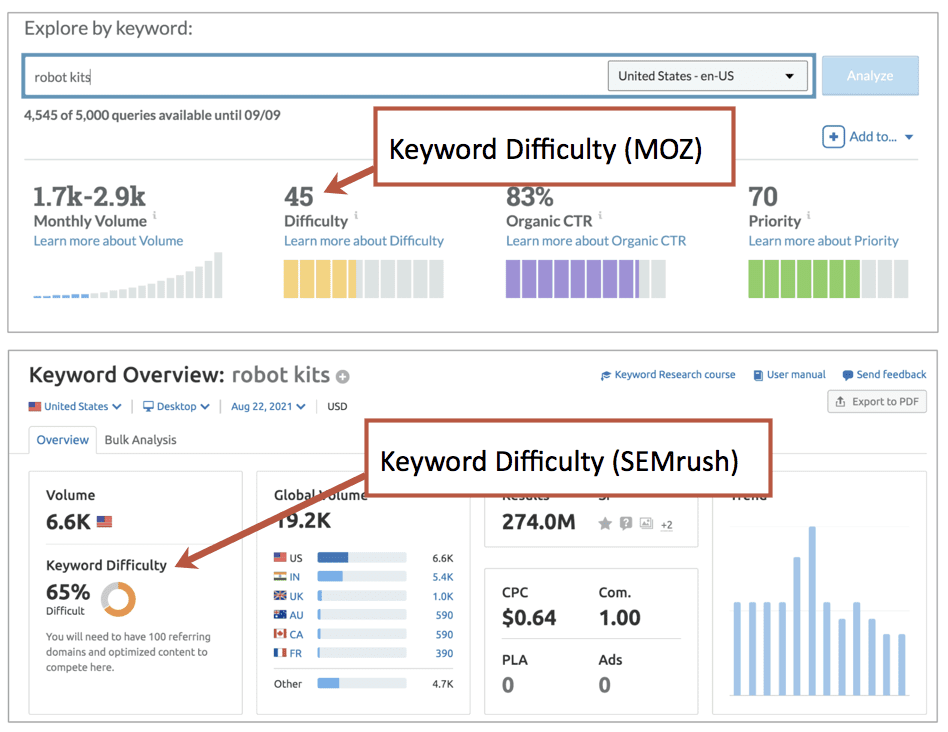
- If the authority of your page is in the same range as the other pages than rank for the phrase, then this isn’t the reason your page doesn’t rank.
- If the authority of your page is lower than the authority of the other pages that rank, then this is probably the reason your page doesn’t rank.
This is why SEOs always check the competition before targeting a keyphrase. They compare the keyword difficulty to the authority of their page or the authority of their domain if the page doesn’t exist yet. Too competitive? Try another phrase.
This explains why only very famous websites rank for very competitive keywords.
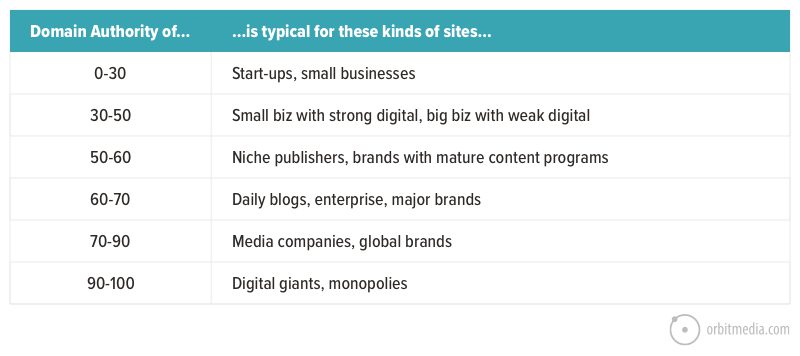
When one of those more powerful domains outranks you, it may be impossible to pass them. Sometimes there are two or three digital giants ranking at the top. When this is the case, your best hope is to rank right below them.
If there’s a fortress in front of you, your best hope is to live just outside the fortress.
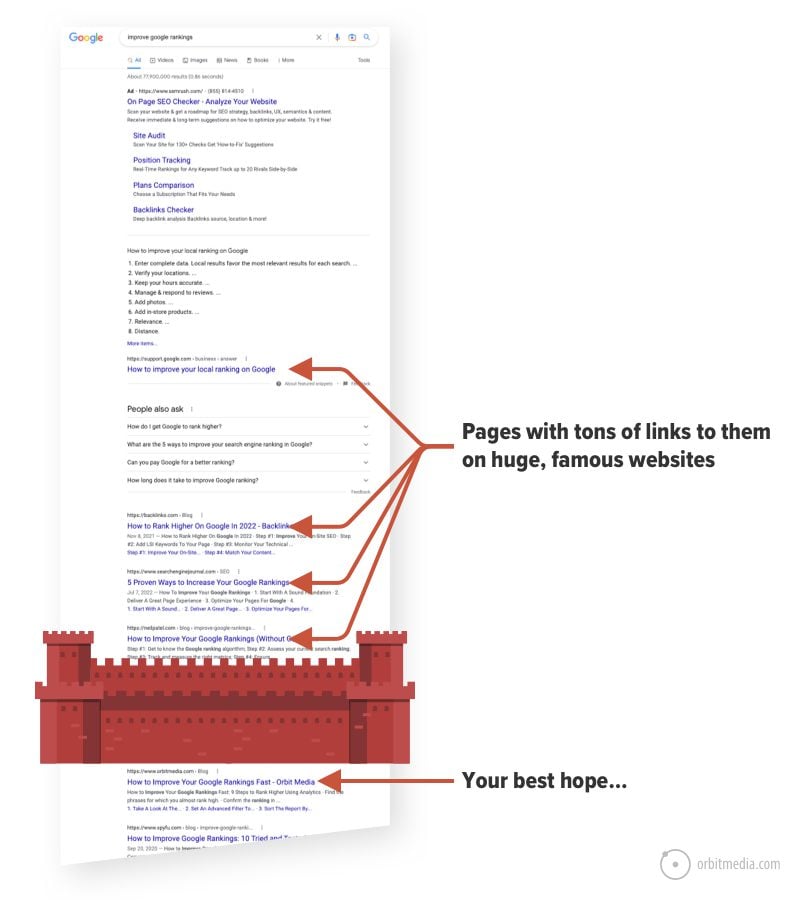
The fix
If you’ve suddenly realized that your page lacks sufficient authority, don’t give up hope. Adjust your keyword targeting.
Go back to the keyphrase research process, select a phrase for which you have a fighting change. Try a longer, more specific phrase, less popular but less competitive phrase. Then rewrite the page to target that more realistic phrase.
And to win at the long game, never miss a chance to earn a link to your website. The first step in that process is link reclamation followed by digital PR.
3. The page just isn’t that relevant
The URL lacks depth and keyphrase focus.
Google is information retrieval technology. SEO is getting certain information retrieved.
Google is looking for quality and relevance. The SEO provides depth and keyphrase-focus.
If your page doesn’t rank, it may lack sufficient detail relative to the competition.
If the other pages that rank are far more thorough than your page, this may be your problem. Word count is not a search ranking factor, but word count correlates with quality. Longer, more detailed pages are more likely to satisfy the searcher’s information needs.
If your page doesn’t rank, it may lack sufficient keyphrase focus.
It may be detailed, but if it doesn’t clearly indicate relevance to the phrase and topic, this could be the problem. Some pages are very detailed, exhaustive even, but don’t indicate their relevance. They don’t align with SEO best practices.
The fix
Obsess over quality. That’s first. The serious SEO does not expect to rank on page one unless they’ve first made a sincere effort to create one of the top 10 pages on the internet for the topic. Our goal is not to trick a robot. It’s to help our amazing content get discovered.
Assuming you have one of the all time great pages on the topic, it’s really just about indicating the relevance. Just help Google help people find the page with basic on-page SEO.
- Use the primary keyphrase in the title, header and body text
- Use the semantically-related phrases in the body text. This means touching on the related subtopics and answering the relevant questions. Target the topic, not just the keyphrase.
- Use the primary keyphrase in the anchor text of links from other pages to this page
That’ll do it. No need to get fancy. Google just needed a little help to understand the focus of the page.
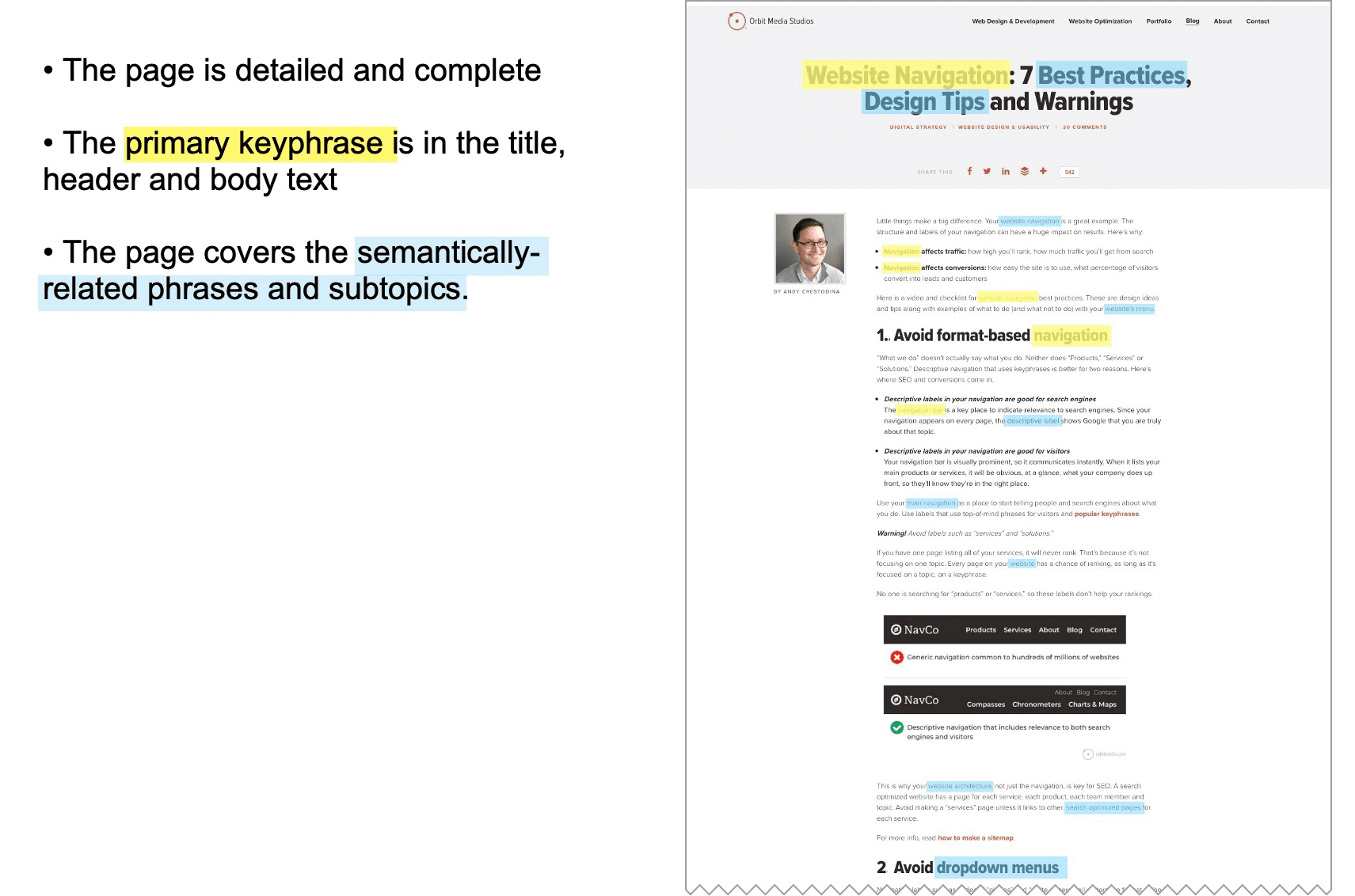
4. Visitors don’t like your page
Negative “user interaction signals” are hurting your rankings.
If you’ve excluded the previous three reasons, this may be the reason you don’t rank as high as expected. It’s possible that your visitors are actually sending a signal to Google that your page is not satisfying.
When the visitor comes from search, the time they spend on the page is called dwell time and most SEOs believe that this metric is actually a search ranking factor. High dwell time (aka “the long click”) indicates the page is good. Low dwell time (aka “the short click”) tells Google the page isn’t good.
Image two visits. Both are bounces (one-page visits) but one has a 3-second dwell time and the other has a 5-minute dwell time. Google sees this and may use this information to determine which page ranks well the next time.
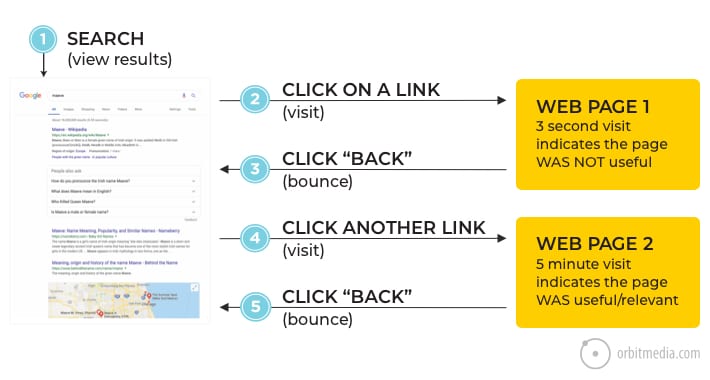
You don’t hear much about user interaction signals for a few reasons. First, it’s hard to research. We can’t see the Analytics for every page that ranks, so we can’t measure and confirm dwell time as a search ranking factor.
Second, there are a lot of factors that contribute to dwell time. So the SEO tools don’t have reports that make prescriptive recommendations. Unlike keyword frequency and word count, it’s not easy to benchmark and report with red, yellow and green icons.
But it’s a thing. And improving it can improve your rankings.
The fix
To improve dwell time you need to increase the amount of time that visitors spend on the page before hitting the back button, closing the tab or visiting another page.
That starts with the site itself. Visitors like fast loading, attractive websites. Visitors don’t like slow loading, ugly websites. Beyond speed and beauty, the formatting of the content is the next big factor. Content that is more easily consumed is more likely to be consumed.
These two pages have the same content with different formatting. It’s easy to imagine which would have higher dwell time. It’s not the wall of text.
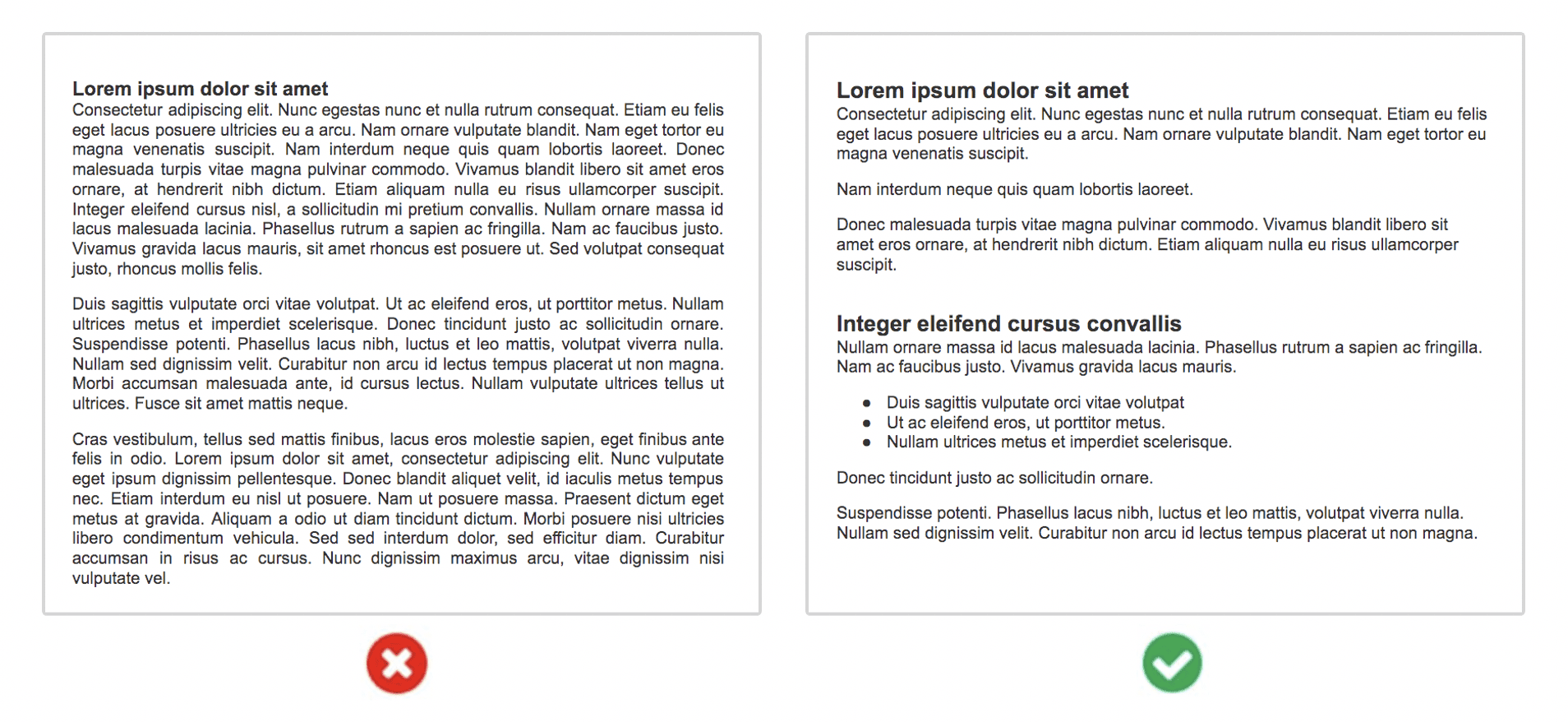
Here’s a quick checklist for content formatting:
- Strong headline (makes a specific promise)
- Short paragraphs (no longer than three lines each if possible)
- Bullet lists and numbered lists (like this one)
- Meaningful subheaders (structure)
- Bolding and italics (but don’t overdo it)
- Internal links to relevant resources (both to and from the page)
- Multiple images (add something of visual interest at every scroll depth)
- Video near the top (it doesn’t have to be a video you produced)
We’ve measured the impact of video on page engagement. It’s big. If you’d like to measure the impact of video for yourself, with your visitors on your pages, here’s how.

Adding formatting and visual assets to a page does wonders for dwell time. Keep your scan readers flowing through your content, and indirectly, you’ll support your search rankings.
5. You only wrote it once
The content hasn’t been updated post-launch for on-page SEO.
The final reason your page doesn’t rank is that it hasn’t been improved since it went live. The best SEOs know that digital ink is never dry. The battle isn’t over. It’s just not ranking yet.
Or maybe it was ranking and the rank is falling. Either way, if you’ve determined that links aren’t the issue (the authority of the page is in the same range as the authority of the other pages that rank for the phrase) then it’s time for another round of SEO edits.
Updating an existing almost-high-ranking page is one of the most reliable wins in all of search marketing.
A rewrite of a page leads can quickly lead to new levels of rankings and visibility. Here is a typical example, showing the jump in rankings when an old page was rewritten, along with the corresponding jump in traffic.
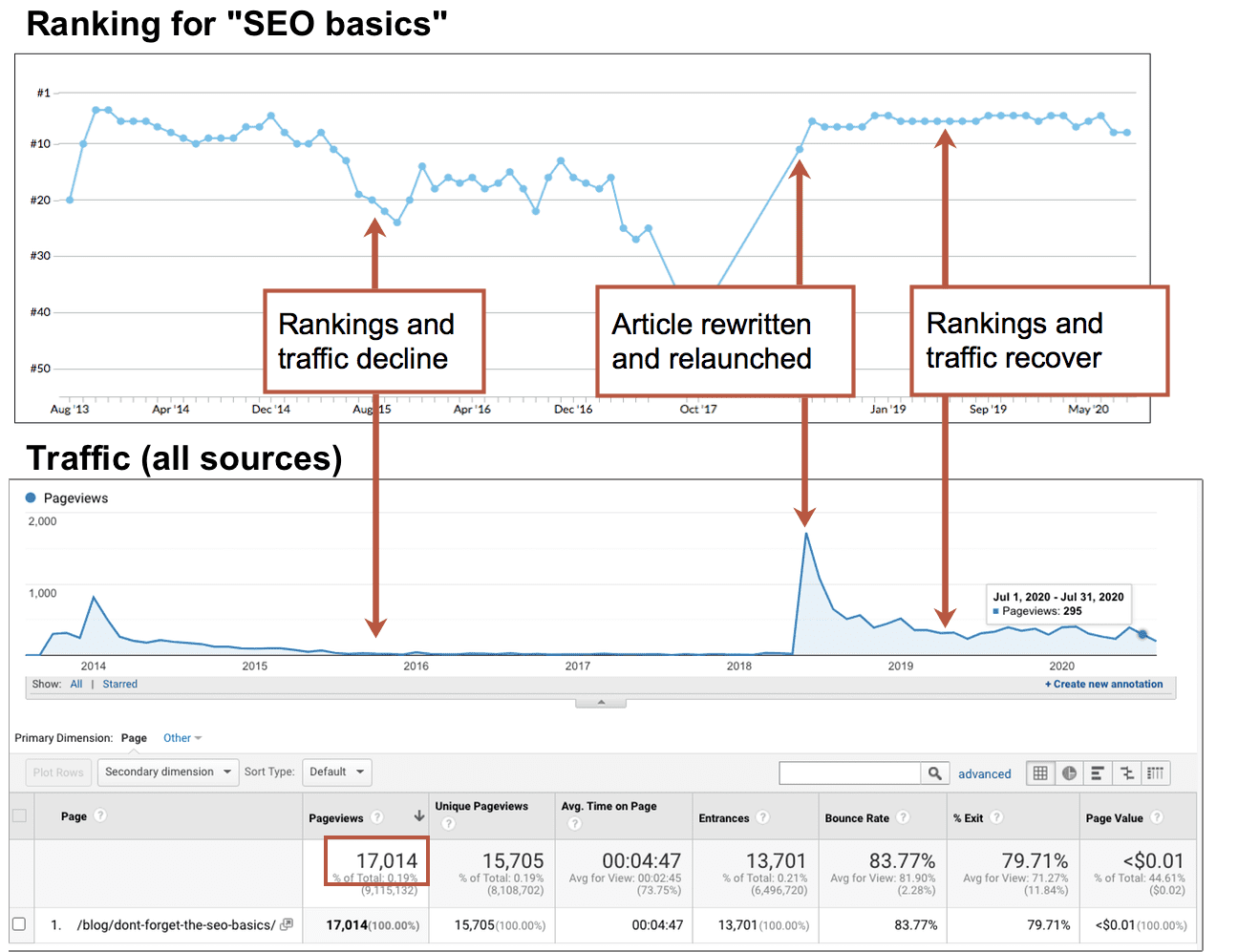
The fix
Similar to the process you followed for on-page SEO when you first wrote the page, the page can be optimized again. But this time, you can use data about the current rankings to inform the improvements.
The idea is simple: don’t just target a phrase that you like; target the phrase that is already getting some traction in search. In other words, let Google Search Console do your keyphrase research for you.
Just make sure you don’t change the URL. That would defeat the purpose because you’d lose the benefit of the page’s existing authority. Here is the detailed step-by-step process for this super effective SEO strategy.
But ranking isn’t traffic…
Search rankings are important but they aren’t actually the goal. Digital marketers who obsess about their rankings for a specific phrase are often disappointed.
As a pro SEO, you think beyond rankings. You value rankings, but you also have a broader perspective.
- You may rank for a phrase that no one is searching for
- You may rank for a zero or near zero clickthrough rates
- You may attract a visitor that doesn’t engage or convert
- You may convert a visitor who never buys anything
Rankings alone don’t impact bottom-line business outcomes. Only when those rankings get clicked, and when those clicks are visitors who convert, and when those leads turn into customers, is revenue generated.
[ad_2]
Source link









